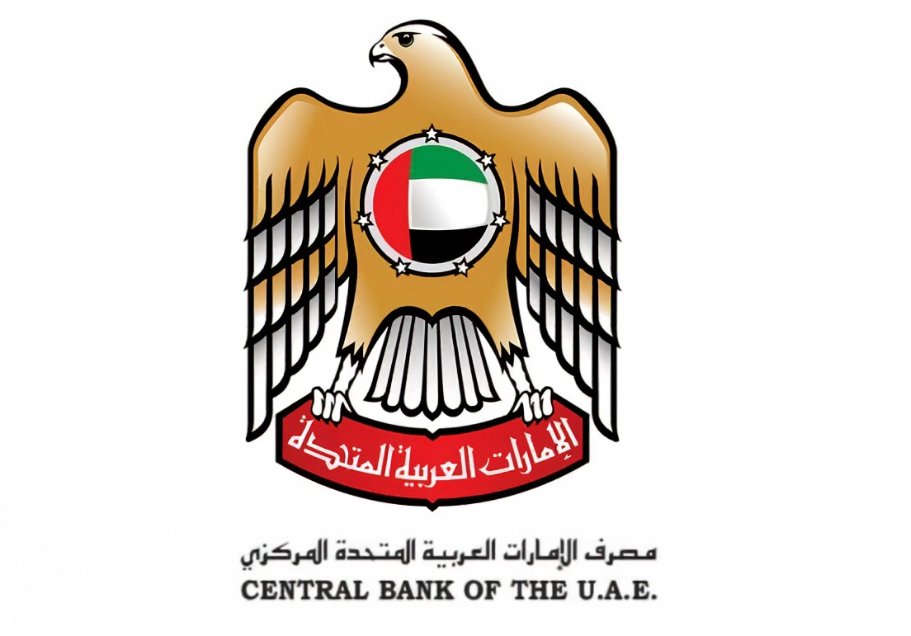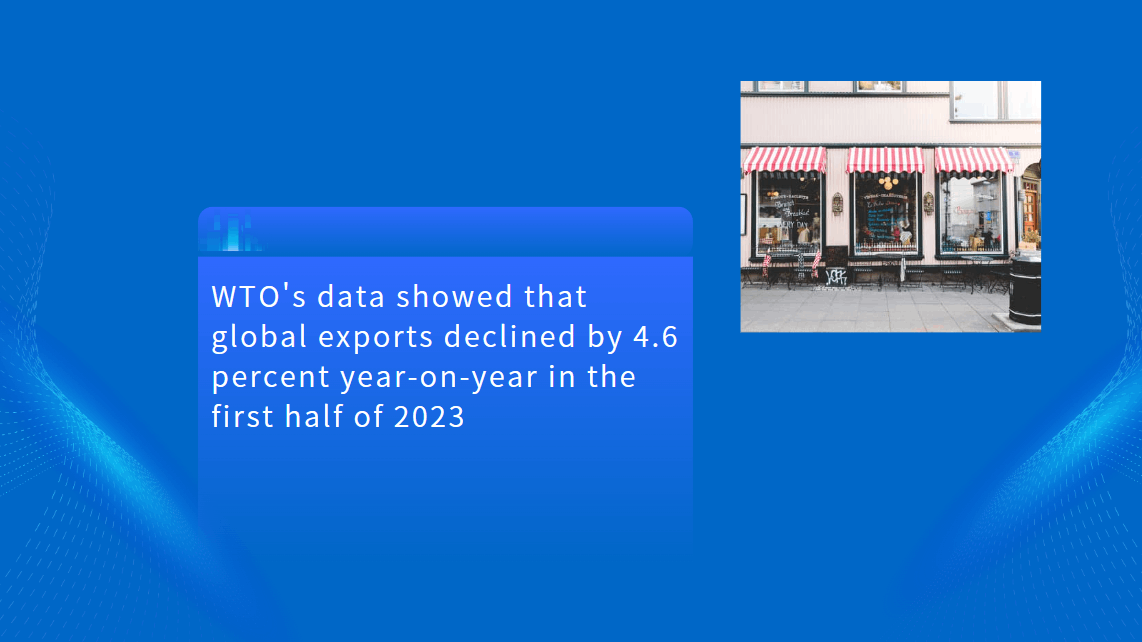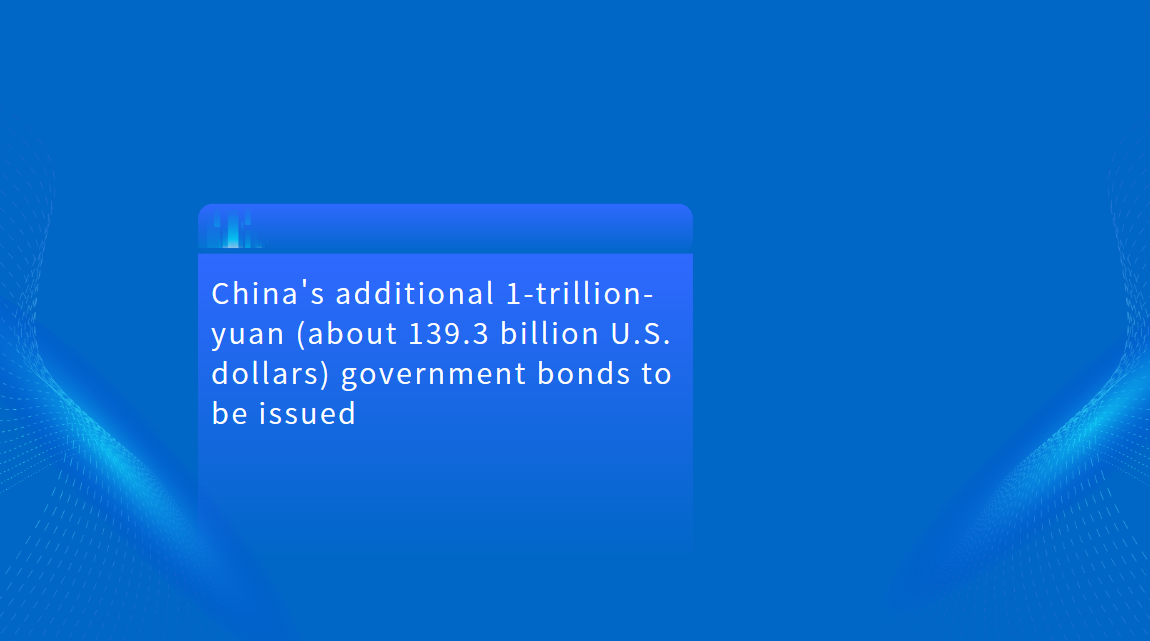China's 2025 Q1 Balance of Payments: Key Insights for Global Investors
In the first quarter of 2025, China's balance of payments (BOP) revealed a series of intriguing trends with global implications, underscoring the shifting dynamics of China's economic interactions with the rest of the world. The preliminary data, published by the State Administration of Foreign Exchange (SAFE), offers critical insights into China's external economic conditions, including trade balances, capital flows, and foreign investment trends. For global investors and financial institutions, understanding these shifts is crucial for positioning strategies in China and beyond.
A Snapshot of China's Current Account Surplus
For Q1 2025, China posted a current account surplus of RMB 1188.5 billion(USD 165.6 billion), largely driven by a robust surplus in goods trade. Specifically, the trade in goodssurplus stood at RMB 1705.3 billion(USD 237.6 billion), reinforcing China's position as a major global exporter. However, this was offset by deficits in services and primary income.
Trade in Goods: Exports continued to outpace imports, contributing to a strong surplus. This reflects China's ongoing strength in manufacturing and exports, especially in sectors like electronics, machinery, and consumer goods.
Trade in Services: The deficit in services amounted to RMB 425.8 billion(USD 59.3 billion), with notable losses in sectors like travel, transport, and intellectual property services. While China remains a significant player in global trade, its service sector has yet to catch up with its goods exports.
Primary Income Deficit: A primary income deficit of RMB 110.4 billion(USD 15.4 billion) highlights China's increasing foreign liabilities, particularly in terms of dividend payments and interest on foreign debt.
Secondary Income: On a positive note, secondary income (which includes transfers like remittances) saw a small surplus of RMB 19.4 billion(USD 2.7 billion), providing a modest offset to the overall current account balance.
This combination of trade surpluses and service-sector deficits provides a nuanced view of China's economic interactions, pointing to areas of both strength and potential vulnerability in the global economy.
Capital and Financial Accounts: Continued Inflows and Challenges
The capital and financial accounts, which include foreign direct investment (FDI) and other cross-border financial transactions, recorded a deficit of RMB 1188.5 billion(USD 165.6 billion). This deficit largely reflects ongoing outward investment from China, with the country continuing to diversify its foreign assets.
Foreign Direct Investment (FDI): Despite the deficit in the financial account, inward FDI remained strong, highlighting the continued appeal of China's market. Foreign investors remain attracted to China's vast consumer base, manufacturing capabilities, and growing technology sector.
Direct Investment Liabilities: The liability side saw a USD 19.1 billion(RMB 136.9 billion) equity influx, excluding reinvested earnings, signaling healthy international investment activity in China.
This capital movement provides investors with a dual perspective—while inward investments are solid, the financial account deficit points to increasing outward investment and capital diversification by Chinese entities.
What Does This Mean for Global Investors?
For international financial institutions and global corporations, these trends hold important implications:
Opportunities in Trade: China's strong trade surplus underlines its role as a key player in global supply chains, especially for industries reliant on manufacturing and exports. Companies involved in cross-border trade with China will continue to benefit from these robust trade flows.
Challenges in Services: The ongoing deficit in services presents a challenge for China's service economy, which remains underdeveloped compared to its goods sector. This opens doors for foreign service providers in areas such as finance, travel, and intellectual property.
Increased Capital Flows: The continued net inflow of FDI reflects the sustained attractiveness of China's market. For investors, this signals opportunities in sectors like tech, manufacturing, and consumer goods, where foreign companies can capitalize on China's growth trajectory.
Investment Strategy Considerations: The shift in the financial account, marked by China's increasing outward investment, may offer strategic investment opportunities in global markets. Investors should consider how Chinese capital outflows could influence market dynamics and global asset valuations.





















































First, please LoginComment After ~